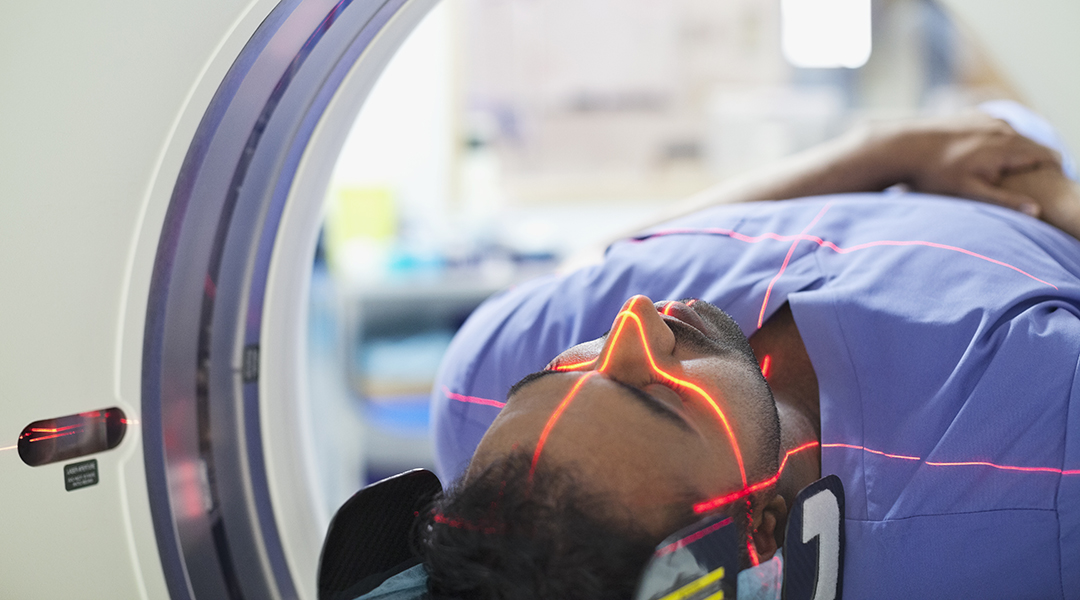Stem cells have the unique ability to develop into a number of different and specialized cells. They can be thought of as the body’s raw material, ready for use when needed. With this comes their potential use in medicine as a means of repairing diseased or damaged tissue.
Consequently, stem cell therapy has generated intense interest, with a staggering 2600 clinical studies registered in the last 10 years alone. However, while these studies — performed in both humans and animals — have provided insight into potential benefits, the overall consensus is that they have yet to live up to their initial promise.
Currently, the only stem cell treatments that have FDA approval consist of blood-forming stem cells or hematopoietic progenitor cells derived from umbilical cord blood. These help restore blood-forming stem cells in cancer patients whose bone marrow cells have been destroyed by high doses of chemo-or radiation therapy.
Outside of this, clinical translation has seemingly been hampered. It’s therefore important to ask: Are stem cells a source of hope or are they just hype?
Conflicting studies
“The problem within this realm of scientific literature is conflicting study outcomes,” says Hang Thu Ta, professor at Griffith University in Queensland, Australia and expert in biomedical engineering in the context of diagnosing and treating life-threatening diseases. Many studies demonstrate the desired, beneficial outcomes, but many others also demonstrate only modest or even negligible benefits.
For example, a review from 2016 exploring progress in cardiac stem cell regenerative therapy using adult stem cells found a lack of significant benefit. The analysis included 29 randomized clinical trials and seven systematic reviews and meta-analyses.
This could be explained by variations in trial methodology or discrepancies in reporting, but a major issue within the field is a lingering inability to track stem cells once they enter the body.
In a typical procedure, a large number of cells are infused through a single injection and repeated doses are given accordingly to maintain optimal therapeutic levels. Guided by biological cues or signals (like specific cytokines or growth factors), stem cells are expected to travel towards the diseased or injured location where they would stimulate regeneration of healthy tissue.
“This happens naturally in the body, however, more often than not, researchers cannot definitively track their cells’ distribution and accumulation after they are transplanted artificially,” said Shehzahdi Shebbrin Moonshi, a research fellow at the Queensland Micro- and Nanotechnology Centre at Griffith University and co-author of a recent study with Ta exploring the challenges that stem cell research is facing.
This puts a lot of guesswork into optimizing regimens and troubleshooting problems. Researchers are hard pressed to answer questions such as, where do the cells actually go? Do they migrate to the expected location? How long does this take? How many cells reach the target location?
The answers to all these questions cannot be known unless stem cells are monitored in real time after implantation. If stem cells aren’t where they need to be, then therapeutic effects aside, they cannot be properly exploited.
How does stem cell research move forward?
To solve this problem, clinicians and researchers need to be able to track stem cells in the body safely over prolonged periods of time.
Developments in this area have been growing in recent years. To this end, MRI is emerging as one of the safest and most suitable medical imaging techniques for this purpose. This is made possible using chemical tracers that make labelled stem cells visible in an MRI scan.
“While there are many clinical trials being designed to monitor stem cells in the treatment of various diseases, MRI is [currently being] utilized in these studies as an imaging modality to monitor treatment efficacy and not to track implanted cells,” said Ta. “Therefore, it is crucial that we develop reliable and safe MRI tracers so we can get to the bottom of this.”
There have been several preclinical studies involving the development of novel MRI cell tracers. These have included iron oxide nanoparticles and fluorinated nanoparticles that are attached to the cells.
“Only one has really shown promise and has progressed to Phase I clinical trials, where iron-oxide labelled mesenchymal stromal cells were successfully tracked in patients with chronic heart disease,” said Moonshi. The treatment was found to be safe, and cells were detectable at injection sites up to 14 days after transplantation.
MRI is even being combined with new technologies, such as optogenetics, which employs laser light to stimulate specific cells that have been rendered sensitive to particular frequencies of light.
“Whilst MRI itself presents as a suitable imaging technique that allows visualization and monitoring of stem cells, a single modality is insufficient to obtain all vital data of implanted cells,” said Moonshi. “Therefore, combining different imaging modalities to track stem cells can overcome shortcomings involved with individual techniques.”
“This would provide scientists with a better understanding of effective dose, number of cells injected, and how effective they are at reaching their target location,” added Ta. “Going forward, this will allow researchers to explore best practices for achieving the greatest therapeutic outcome.”
This article was contributed to by Shehzahdi Moonshi and Hang Ta
Reference: Shehzahdi Shebbrin Moonshi, Yuao Wu, Hang Thu Ta. Visualising Stem Cells In Vivo using Magnetic Resonance Imaging, WIRES Nanomed. Nanobiotechnol (2021). DOI: 10.1002/wnan.1760
Feature image credit:Getty Images/Hero Images

















